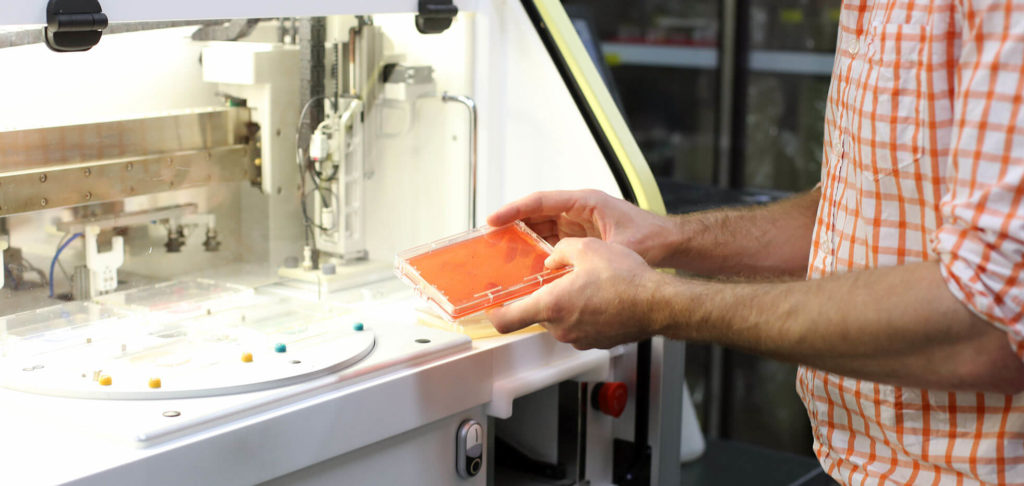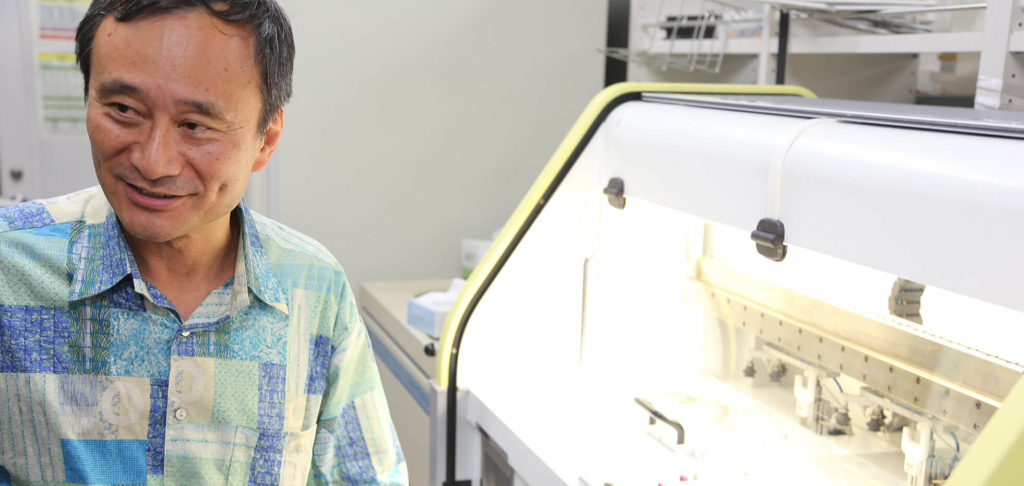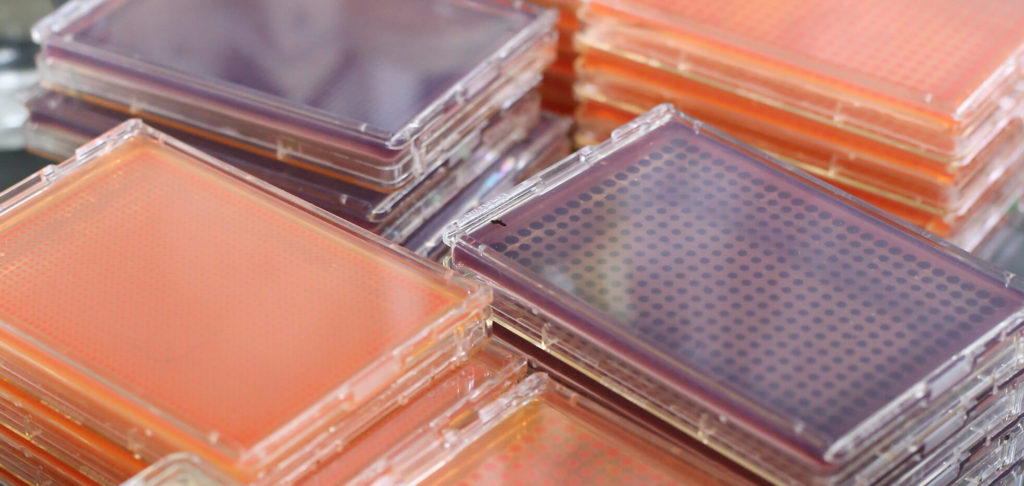Case Study: Investigating Gene Interaction Through ‘Horizontal Science’
Nara Institute of Science and Technology

Accumulation of biological knowledge in the last half-century has developed our understanding of the basic unit of life; the cell. Dr Hirotada Mori, Professor of Systems Biology at the Nara Institute of Science and Technology (NAIST), Japan discusses his group’s priorities.
To understand the cell can be perceived as a simple task, it is the most basic and fundamental part of life. Yet often understanding something is more complex than first thought. The current approach to understanding the cell as a whole, is to break down individual parts or pathways, and investigate these in isolation. In theory, once we completely understand each element, we can combine our knowledge and appreciate the cell in its entirety.

Understanding the cell is one of the greatest challenges facing biological research. An individual cell is more than a series of elements and pathways, and it’s how these pieces fit together that complicates the cell. When looking at an individual pathway, it is easy to say that altering a variable has a known effect. In reality, the cell is able to compensate by altering other pathways that you just can not consider in isolation. This is one of the largest barriers to successful computational models, in that we simply do not fully understand the compensatory mechanisms within the cell to enable modeling.
Specific examples within industry include using bacteria to produce synthetic rubber. Utilising synthetic monomers offers many advantages over traditional methods, however, our understanding of the cell is still the bottleneck. As we develop synthetic biology and try to artificially increase our desired products, the cell seeks stability and reacts. We still do not understand the implications that this may have, will increasing the production of our target cause a reduction in metabolism and therefore decrease overall production? The cell always tries to remain balanced and only once we fully understand the cell, can we manipulate them to be beneficial. But how do we further our understanding? How do we realise which genes are essential, and which are not – which can we modify without damaging the cell?

E. coli (K-12) has 358 known essential genes out of a total of 4,377 genes in rich medium. Developing this understanding of essential and non-essential gene interaction is one of the priorities. Utilising homologous recombination to mate two strains each containing a single gene deletion, and an antibiotic resistance marker. To produce a library of mutants, each with two gene deletions and resistance markers for two antibiotics. This allows the investigation into which mutant strains grow and therefore develop ideas about the genetic network, which includes isozymes, compensatory, or bypass pathways relations.

Using the ROTOR+, the research group are able to produce thousands of mutants each day, and also investigate a variety of conditions and carbon sources. To exhaustively test every combination is estimated to take up to 10 years. One of the worries is that other researchers could be investigating the same area, which could be seen as wasteful of both time and resources. Many researchers work independently, which can be referred to as ‘vertical science’, where one group of researchers exclusively work on their individual research. The Mori group’s research is ‘horizontal science’, where using high-throughput techniques (HTP), his group generates lots of data across multiple strands of research. The concern is that vertical scientists and horizontal scientists may not be aware if they are producing the same data, and are therefore not utilising resources. Collaboration is a key value, with this, a view that researchers should communicate their ideas and build relationships with other researchers, to avoid the accumulation of unanalysed data. Of course, in these situations funding can be limiting, preventing the opportunity to collaborate, although communication should still be sought.

Funding can be a tough subject to approach, especially when the funding research groups receive is from taxpayers. Researchers appreciate this and take responsibility for their spending; that they should benefit the taxpayers who have provided the funds. This can create imbalance within the researcher as they may want to focus on a long term goal, but need to produce frequent results to satisfy their funder. Likening this to a Japanese saying about peaches and nuts; you can plant seeds for crops and you expect your product within the year, whereas if you plant a peach tree you wouldn’t expect any fruit for several years. The saying suggests that some fruit can be worth waiting for, but if you need results quickly, plant a different seed.

Another focus is to educate students and the public, although the intention is to teach them to think, not what to think. Providing both sides of the story encourages students to come to their own conclusions, not to learn others’. Finding productivity can be a difficult task, although Dr Mori finds drinking a beer with a colleague to be one of the most productive environments, providing you record everything to avoid forgetting in the morning! In science, collaboration is the key to success and is something all scientists should be doing.
Dr Mori’s research group continues to investigate cellular pathways, developing our understanding of the fundamental core of biology; the cell.
Learn more about one of Dr. Mori’s key tools for genetic mutant screening: Discover ROTOR+